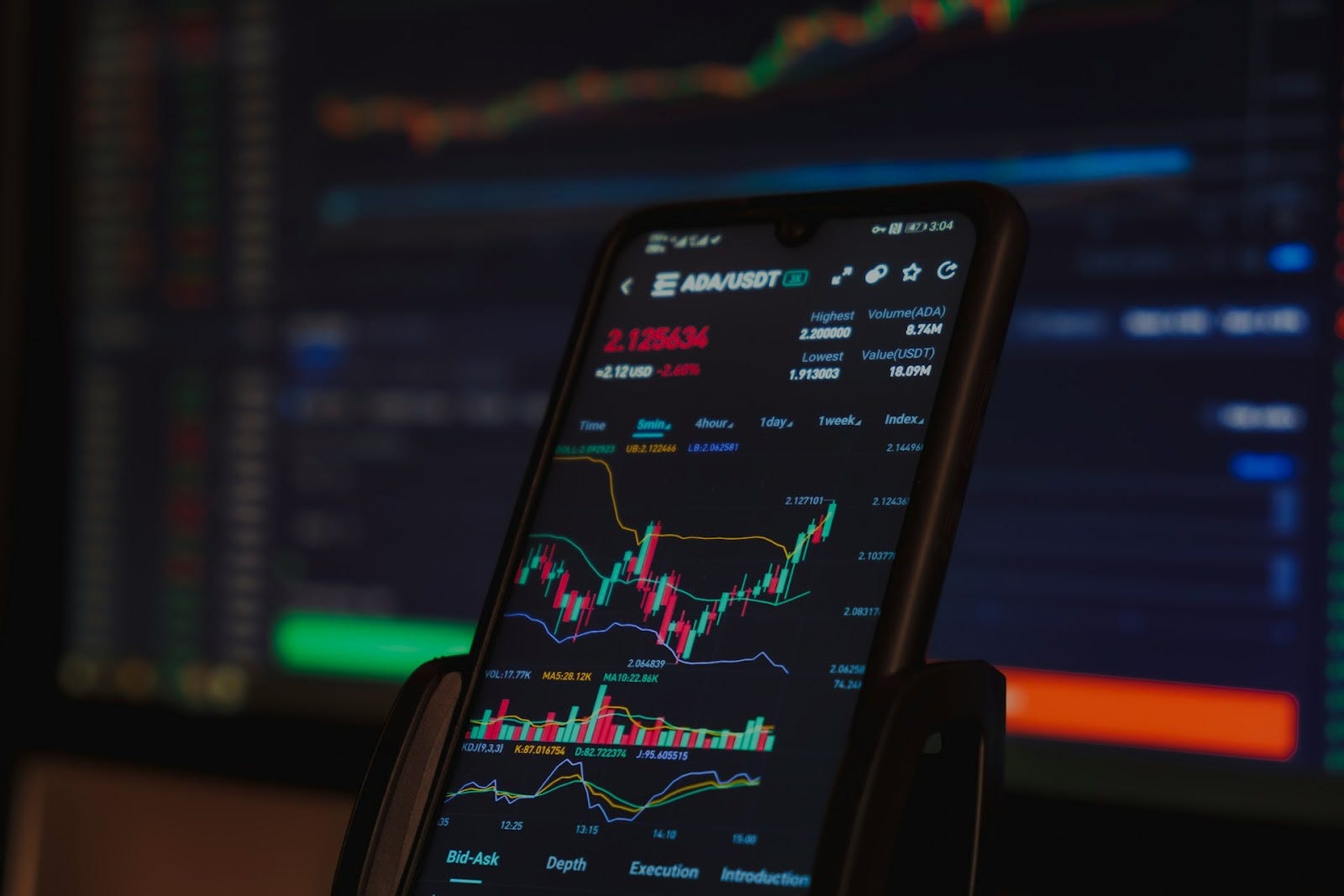Bitcoin has transformed how we understand and use money by introducing unique economic mechanisms. One of these is the concept of "halving." For investors, gamers, and miners involved in the cryptocurrency space, understanding the dynamics of Bitcoin halving is important.
The gaming industry, including video gaming and online casinos, has begun using cryptocurrencies for transactions. In video gaming, crypto is used for in-game purchases and services or paying for the game itself. At online casinos, crypto facilitates fast, transparent, and secure transactions, allowing for immediate deposits and withdrawals without the need for traditional banking processes. Playing at a Bitcoin casino online offers a secure way to enjoy online gambling with low transaction fees, faster withdrawals, and better bonuses. However, the Bitcoin halving event can significantly impact both of these areas by influencing the value and stability of cryptocurrencies used within video and casino gaming platforms.
Understanding Bitcoin Halving
Bitcoin halving is an event programmed into Bitcoin's code that reduces the reward for mining new blocks by half. This occurs every 210,000 blocks, which roughly translates to every four years.
The first block reward was set at 50 BTC when Bitcoin was created by Satoshi Nakamoto. Halving aims to control Bitcoin's supply, introducing a deflationary aspect to the cryptocurrency.
Unlike fiat currencies, which governments can print in unlimited quantities, Bitcoin has a capped supply of 21 million coins. Halving makes sure that new bitcoins are created slower as time goes on, making Bitcoin scarcer and potentially more valuable.
Historical Halvings and Price Trends
The first halving of Bitcoin took place in November 2012, when the reward dropped from 50 BTC to half that amount. The second time it was halved was in July 2016, shrinking the reward to 12.5 BTC. The most recent one happened in May 2020, with the reward decreasing to 6.25 BTC.
Historical data shows a pattern of substantial price increases following Bitcoin halving events. The first Bitcoin halving in 2012 noted a price escalation from about $12 to nearly $1,000 during the next 12 months.
The 2016 halving saw an increase from around $650 to approximately $2,550 in the next 12 months. The 2020 halving was followed by an even more dramatic rise, with Bitcoin reaching its all-time high of nearly $69,000 in November 2021.
Effects on Bitcoin Mining
Bitcoin halving plays a crucial role in shaping the mining landscape. While halving presents short-term challenges for miners, in the long term, these events are vital for the sustained viability and security of the Bitcoin network.
Impact on Mining Economics
- Reduction in Mining Rewards: The most direct impact is the reduction in the block rewards, making mining less profitable.
- Shift in Mining Operations: Less profitable miners may exit the industry, temporarily dropping the network's hash rate.
- Adjustment of Mining Difficulty: The network automatically adjusts mining difficulty to maintain a consistent block time and mitigate the impact of reduced hash power.
Implications for Online Gaming and Casinos
Bitcoin halving impacts everything from transaction volume to user behavior and market dynamics. While it presents certain challenges, particularly regarding volatility and regulation, it also opens up opportunities for growth and innovation.
As Bitcoin continues to evolve, its role in online gaming and casinos will likely become increasingly significant, shaping the future of digital entertainment and gambling.
Influence on Transaction Volume and Fees
- Increased Bitcoin Value: Post-halving, if the value of Bitcoin increases as historically observed, it can lead to more significant transaction volumes in online gaming and casinos.
- Transaction Fee Fluctuations: With the increase in Bitcoin's value, transaction fees in terms of fiat currency can also rise. This may affect players who use Bitcoin for gambling, as the cost of transactions could increase.
Impact on Betting Behaviors and Market Growth
- Increased Attraction to Bitcoin Gaming: A surge in Bitcoin's value can attract more users to online gaming platforms and casinos that accept Bitcoin.
- Market Expansion: Online gaming and casino platforms might see an expanded market, with new users drawn to the cryptocurrency aspect of gaming.
Adoption and Integration Challenges
- Volatility Concerns: The increased volatility in Bitcoin's price post-halving can pose challenges for online gaming and casino platforms regarding pricing and payouts. They might need to adjust their systems to accommodate the changing value of Bitcoin.
- Regulatory Considerations: With the growing use of Bitcoin, online gaming and casinos might face additional regulatory scrutiny. This is especially relevant in jurisdictions where the regulatory status of cryptocurrencies is still evolving.
Opportunities for Innovation
- New Gaming Models: The changing dynamics of Bitcoin can encourage online gaming and casino platforms to innovate, possibly introducing new gaming models specifically designed for cryptocurrency users.
- Blockchain Integration: Beyond just using Bitcoin for transactions, these sectors might explore deeper integration of blockchain technology for improved transparency, fairness, and security in gaming operations.
Impact on Other Sectors and Cryptocurrencies
Bitcoin halving has implications that extend well beyond the cryptocurrency itself, affecting a wide range of sectors. These events can significantly drive the adoption and integration of cryptocurrencies across various industries, influencing market dynamics, investment patterns, and technological innovation.
Broader Cryptocurrency Market
- Influence on Altcoins: Historically, a significant rise in Bitcoin's price post-halving has increased interest in the broader cryptocurrency space, including altcoins. This can also increase volatility and speculative trading in the altcoin market.
- Investor Sentiment and Capital Flow: Halving events often change investor sentiment, potentially leading to shifts in capital flow within the crypto market.
Fintech and Blockchain Innovation
- Stimulus for Blockchain Adoption: Increased interest and investment in Bitcoin post-halving can catalyze broader blockchain adoption in the fintech sector.
- Impact on Payment Systems: Bitcoin's influence on the fintech sector might grow. Companies could increasingly consider integrating Bitcoin and other cryptocurrencies into their payment solutions.
E-Commerce and Retail
- Cryptocurrency as a Payment Method: An increase in Bitcoin's value and popularity can encourage more e-commerce platforms and retailers to accept Bitcoin and other cryptocurrencies as payment methods.
- Pricing and Volatility Challenges: Retailers and e-commerce platforms may face challenges related to pricing goods and services in Bitcoin, given its price volatility.
Investment and Financial Services
- Crypto-Based Financial Products: This sector might see a surge in the creation and adoption of crypto-based financial products following the increased interest post-halving.
- Institutional Investment: Attracting more institutional investors and influencing the development of new services and products tailored to institutional needs.
Conclusion
Bitcoin halving is a cornerstone event in the cryptocurrency world, with far-reaching implications that extend well beyond the immediate sphere of Bitcoin miners and investors. Halving events impact the price and market sentiment of Bitcoin itself and influence a range of sectors, including online gaming, casinos, and the broader financial industry.



